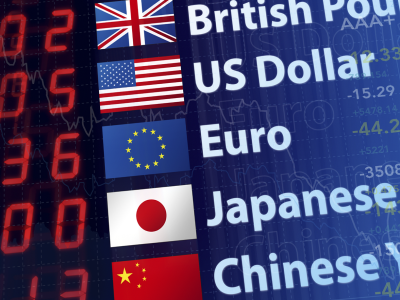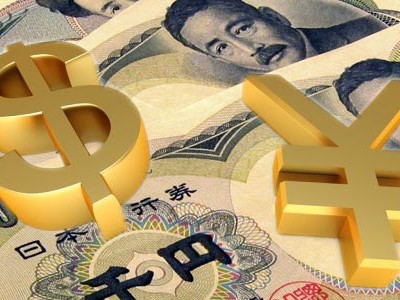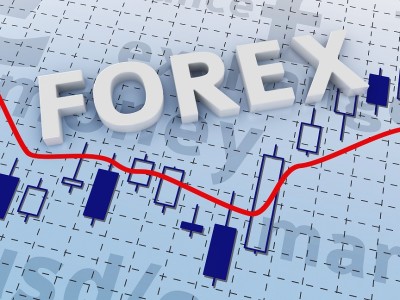The Genetics of Trading
Before starting my career at the Chicago Mercantile Exchange, I did two things and really two things only. I played ice hockey and went to school where the focus of my studies was Biology and Genetics. I know what you’re thinking, how boring… Well, I actually was and am still fascinated with the study of life so I really enjoyed those days. Around every corner of Biology, Chemistry, Genetics and so on is another mathematical equation. After diving into this field, I quickly realized that though there were so many equations, the underlying goal of most of these equations were to quantify the forces of “change”, “action” or “energy”. So, one could argue that all these equations were really different variations of the same thing. For my simple mind, everything came down to Newton’s simple concept of “motion into mass”. Whether I was figuring out the concept of splitting a cell or how an earthquake happens, the underlying equation was quantifying motion into mass.
Knowing absolutely nothing about trading and economics when I started on the floor of the Chicago Mercantile Exchange, my first thought was that I now had to learn a whole new subject because my prior schooling and experience had nothing to do with trading and economics. How wrong I was! Within a few weeks of working on the exchange floor, facilitating institutional order flow, all I saw was “motion into mass”, everywhere. The only difference was that quantifying it in the markets was easier than what I had learned in the science books. In the trading markets, the “Mass” is the buy and sell orders, or what I prefer to call Demand and Supply. At price levels where demand exceeded supply, price rises. At price levels where supply exceeded demand, price declines. “Motion” of price is in between the supply and demand levels. We enter and exit positions at these levels and get paid in between. My “edge” in trading is that I learned to see this on a price chart long before I ever heard anything about conventional “technical analysis”. The focus of today’s piece is to share a recent trade with you and illustrate this concept of simple motion into mass. The goal is that this nugget of information can help you whether you are a short term income trader or longer term investor.
Well before the Stock Market opened (last week), we suggested on our Supply Demand Grid that the market was near demand and likely to rally a bit that day. The opportunity was to buy the Russell Futures in the demand zone provided (1125 – 1127.50) for an active income trade. The day of the trade last week was a very volatile day with some news. The key to profitable trading that day or any day was to focus on where the real demand and supply was in the market. In the morning, the Russell fell quickly as you can see from the chart above. The drop in price and news invited many in to sell. That forced price down to a level where there was enough demand to match the amount of supply that was coming into the market which is why price stopped falling. The demand zone is over the lower left portion of the chart. The opportunity was to buy when price declined back to that level because it was low risk, high reward and very high probability. Price turned at our demand zone and the rally continued that day until it reached a price level where supply exceeded demand, as that is what always happens in a market. Note that the demand level is best seen on a smaller time frame than I am showing here.
 The most important piece of information you can take from this is to understand that there are two ways to think trading and markets.
The most important piece of information you can take from this is to understand that there are two ways to think trading and markets.![]() You can focus on the news and conventional trend analysis and sell near the low and buy near the high. Or, you can focus on the reality of how you make money buying and selling anything. You see, if I were to call demand “wholesale” and supply “retail”, I’m sure you would start to think different because we all want to buy at wholesale prices and sell at retail prices in every other part of our life. That is actually 100% how you need to think about the trading markets because the truth is, there is no difference between the proper buying and selling action you take when trading vs. the proper buying and selling action you take when buying and selling anything in life. The trading industry guides people to think there is a big difference and leads people down the thinking path of conventional fundamental and conventional technical analysis, but that is a big trap.
You can focus on the news and conventional trend analysis and sell near the low and buy near the high. Or, you can focus on the reality of how you make money buying and selling anything. You see, if I were to call demand “wholesale” and supply “retail”, I’m sure you would start to think different because we all want to buy at wholesale prices and sell at retail prices in every other part of our life. That is actually 100% how you need to think about the trading markets because the truth is, there is no difference between the proper buying and selling action you take when trading vs. the proper buying and selling action you take when buying and selling anything in life. The trading industry guides people to think there is a big difference and leads people down the thinking path of conventional fundamental and conventional technical analysis, but that is a big trap.
The information in this piece may seem a bit repetitious but the purpose of that is to help you understand how the markets work and one way of attaining low risk, high reward, and high probability profits when speculating in markets.
Hope this was helpful, have a great day.
Sam Seiden – sseiden@tradingacademy.com
Source:: The Genetics of Trading













